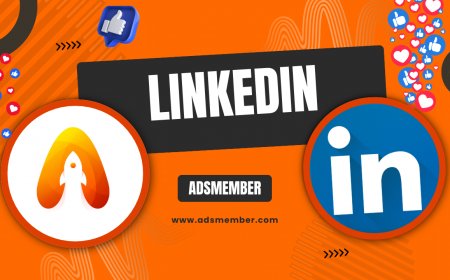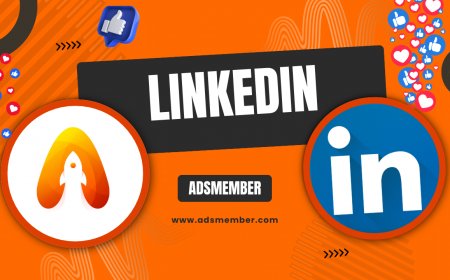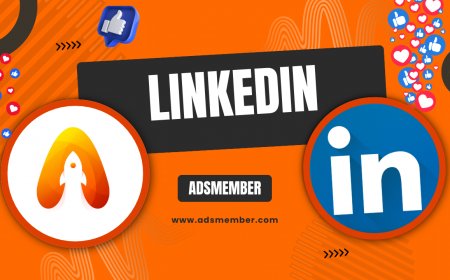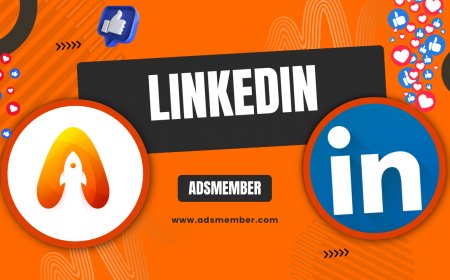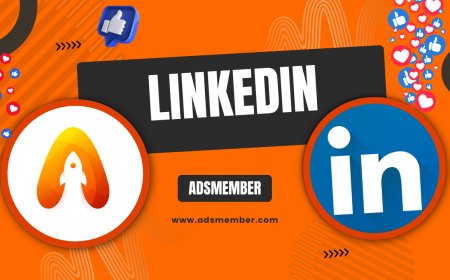How to Upload Your Resume on LinkedIn for Maximum Impact
Learn how to upload your resume on LinkedIn to boost visibility and attract recruiters. Follow our expert guide with unique tips for maximum career impact.
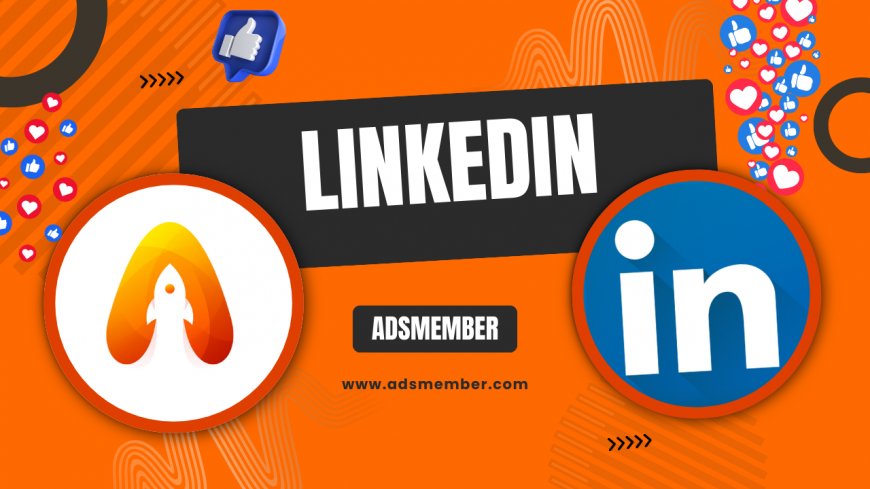
Navigating LinkedIn can feel like a maze, but uploading your resume is a game-changer for job seekers. Honestly, it’s one of the easiest ways to showcase your skills and catch a recruiter’s eye. Whether you’re actively hunting for a new role or just keeping your profile fresh, having your resume on LinkedIn signals that you’re open to opportunities. In my opinion, this small step can make a huge difference in your career journey. Let’s dive into the how-to, along with some insider tips I’ve picked up over years of optimizing profiles for clients.
Why Upload Your Resume to LinkedIn?
LinkedIn isn’t just a networking platform; it’s a career powerhouse with over 900 million users worldwide (Statista, 2023, Statista). Uploading your resume makes your profile more discoverable through LinkedIn’s search algorithms. Recruiters often use the platform to find candidates, and a resume adds depth to your profile. I’ve seen clients land interviews simply because their resume was readily available. It’s like leaving your calling card where it matters most.
Boosting Visibility with the Resume Feature
The resume upload feature ties directly into LinkedIn’s ‘Open to Work’ and job application tools. When uploaded, it’s stored in your account and can be attached to applications with one click. This saves time and ensures consistency. Plus, it’s indexed by LinkedIn’s system, increasing your chances of popping up in recruiter searches. A little-known tip? Tailor your resume file name to include keywords like ‘Marketing-Manager-Jane-Doe’ before uploading. It’s a sneaky way to optimize visibility.
Step-by-Step Guide to LinkedIn Resume Upload
Let’s break this down into actionable steps. I’ve done this countless times for myself and others, and trust me, it’s straightforward. But there are a few nuances that can elevate your game. Follow this guide to ensure your resume is uploaded correctly and positioned for success.
Accessing the Upload Feature
First, log into your LinkedIn account and click on your profile picture at the top. Select ‘View Profile.’ Scroll to the ‘About’ section or click ‘Add profile section.’ Under ‘Recommended,’ you’ll see ‘Add featured.’ Click it, then choose ‘Add media’ to upload your resume. Make sure it’s a PDF under 5MB—LinkedIn doesn’t accept other formats. Pro tip: Keep a polished, ATS-friendly version ready (LinkedIn Profile Tips).
Optimizing Your Resume Before Upload
Before hitting upload, ensure your resume is keyword-optimized for your industry. Use tools like Jobscan to match it with job descriptions. Highlight measurable achievements—think ‘Increased sales by 20%’ over vague statements. Also, strip out personal info like your address; LinkedIn is public, after all. I once had a client whose outdated resume got him irrelevant job pings. Update it regularly!
Pros and Cons of Uploading Your Resume on LinkedIn
- Pros:
- Increases profile visibility to recruiters.
- Simplifies job applications with one-click access.
- Showcases detailed skills beyond profile sections.
- Cons:
- Privacy risks if sensitive data isn’t removed.
- May attract irrelevant job offers if not targeted.
Comparison: LinkedIn Resume vs. Profile Sections
Curious how a resume upload stacks up against filling out LinkedIn’s profile sections? Here’s a breakdown based on data and user behavior trends from LinkedIn’s own reports.
| Feature | LinkedIn Resume Upload | Profile Sections |
|---|---|---|
| Detail Level | High (full document) | Moderate (summarized) |
| Recruiter Access | Direct download (if public) | Viewable on profile |
| Customization | Upload tailored versions | Limited to platform format |
This table shows why I often recommend doing both—profile sections for quick glances and a resume for depth. According to LinkedIn, profiles with uploaded documents get 21% more views from recruiters (LinkedIn Talent Blog, 2022).
Unique Tip: Use LinkedIn’s Resume Builder Post-Upload
Here’s a gem most people overlook. After uploading, use LinkedIn’s built-in Resume Builder to create role-specific resumes from your profile data. Go to ‘More’ on your profile, select ‘Build a resume,’ and tweak it for different applications. This keeps your main upload as a master copy while letting you customize. I’ve had clients land interviews by aligning these generated resumes with specific job postings. It’s a hidden time-saver!
Technical Tip: Formatting for ATS Compatibility
If your resume is part of job applications via LinkedIn, it must be ATS (Applicant Tracking System) friendly. Avoid fancy graphics or tables in your PDF—stick to plain text with clear headings. Here’s a quick snippet for naming conventions in your document metadata:
File Name: FirstName-LastName-JobTitle-Resume.pdf
Title Metadata: [Your Name] Professional Resume 2023
This ensures bots and humans alike can categorize your file. I’ve seen poorly formatted resumes get rejected by ATS before a human even sees them. Don’t let that be you!
FAQ: Can I Control Who Sees My Resume on LinkedIn?
Yes, LinkedIn lets you manage visibility. When uploading, choose whether it’s visible to ‘Everyone,’ ‘Connections only,’ or ‘No one’ (private for applications). I recommend setting it to ‘Connections’ unless you’re actively job hunting—keeps things professional while minimizing spam.
FAQ: Should I Update My Resume Regularly on LinkedIn?
Absolutely! Treat your LinkedIn resume like a living document. Update it every 6 months or after major achievements. I’ve noticed outdated resumes can lead to mismatched job offers. A fresh resume keeps your profile relevant and aligned with your goals.
FAQ: Can I Upload Multiple Resumes on LinkedIn?
Unfortunately, LinkedIn only allows one resume upload in the ‘Featured’ section. However, you can store multiple versions in the ‘Job Application Settings’ for different roles. A workaround I use is rotating the main upload based on the industry I’m targeting.
What's Your Reaction?
 Like
0
Like
0
 Dislike
0
Dislike
0
 Love
0
Love
0
 Funny
0
Funny
0
 Angry
0
Angry
0
 Sad
0
Sad
0
 Wow
0
Wow
0




































